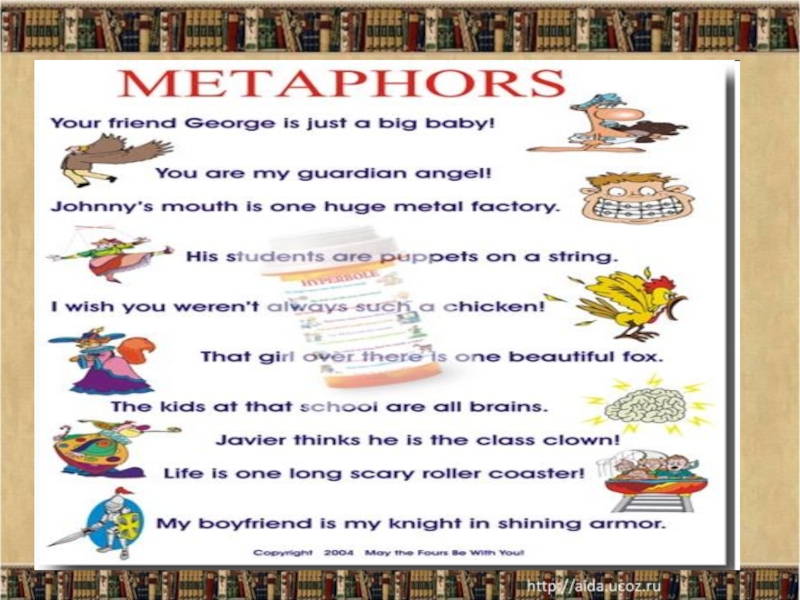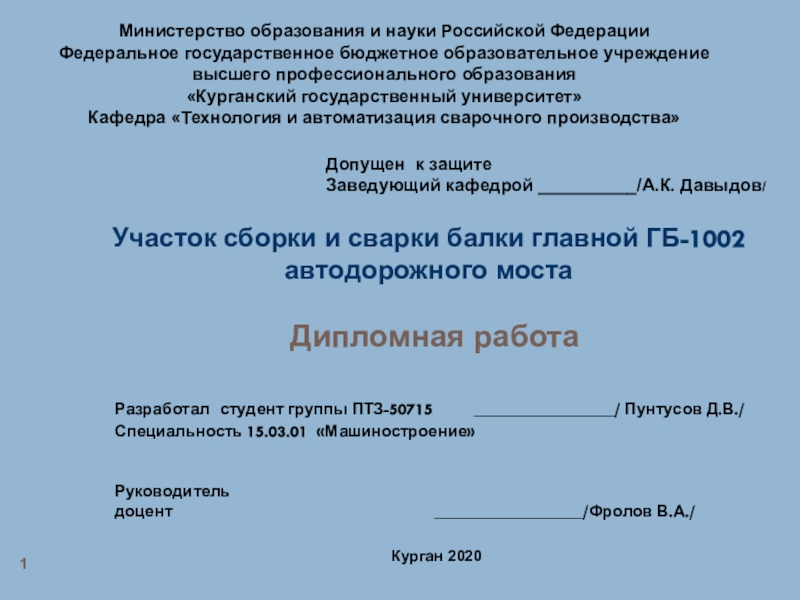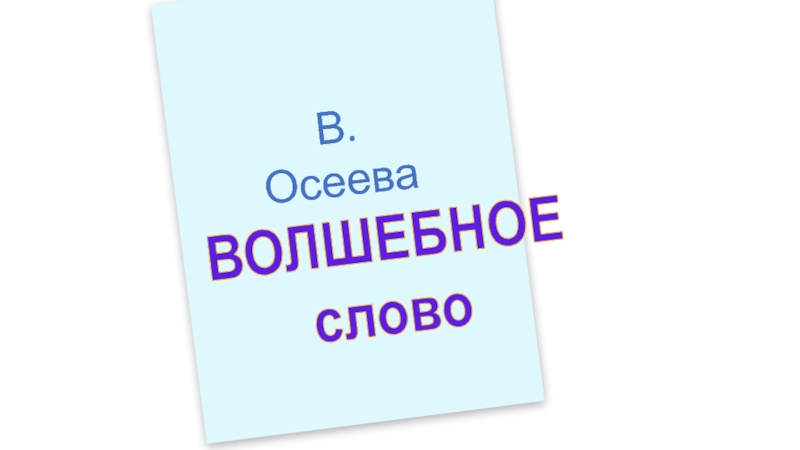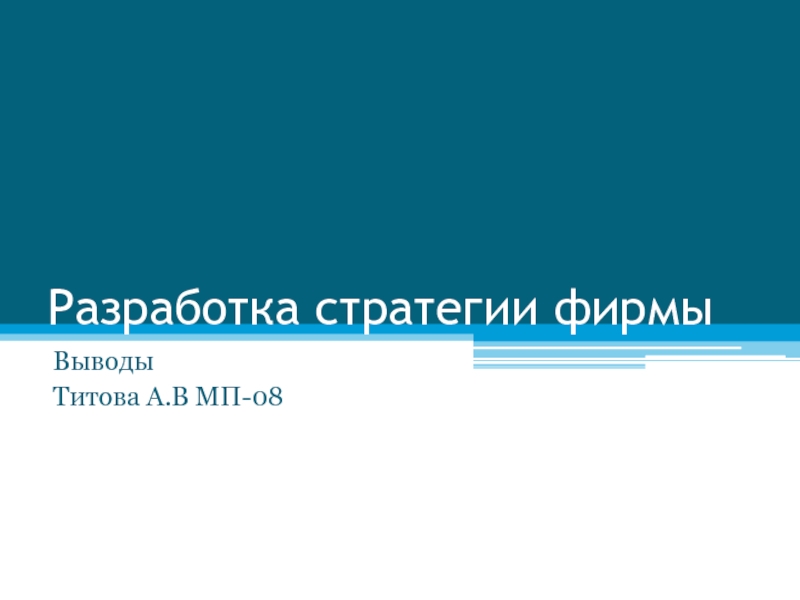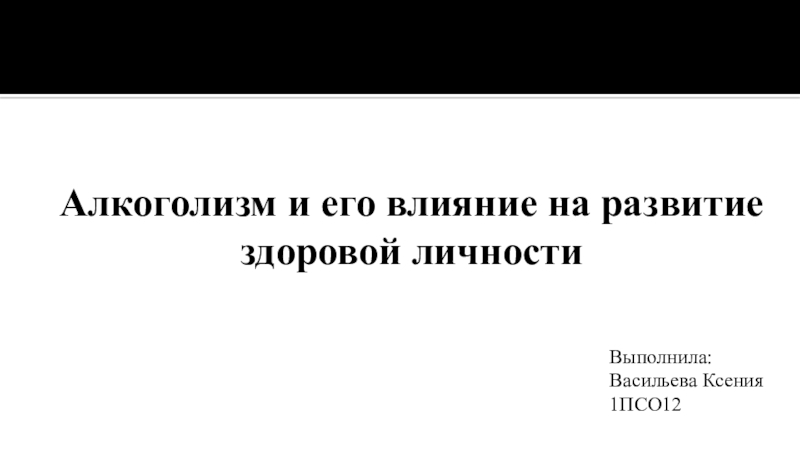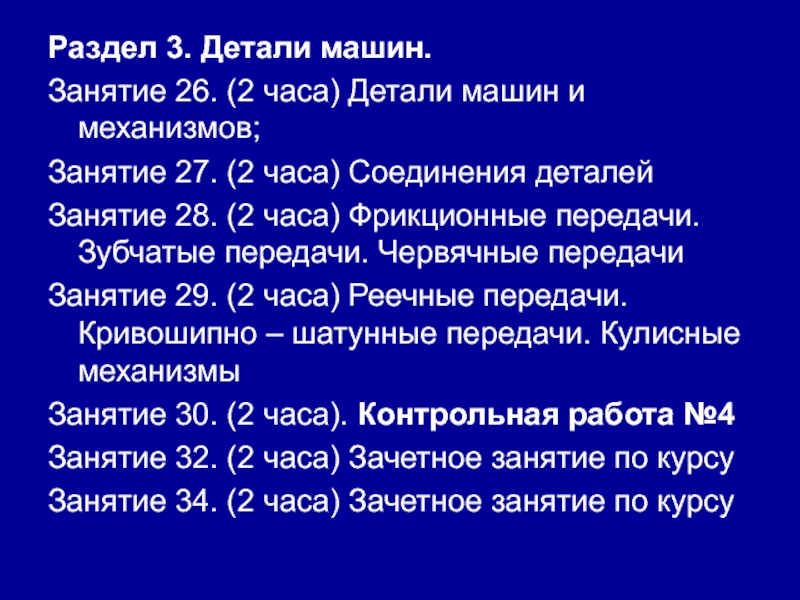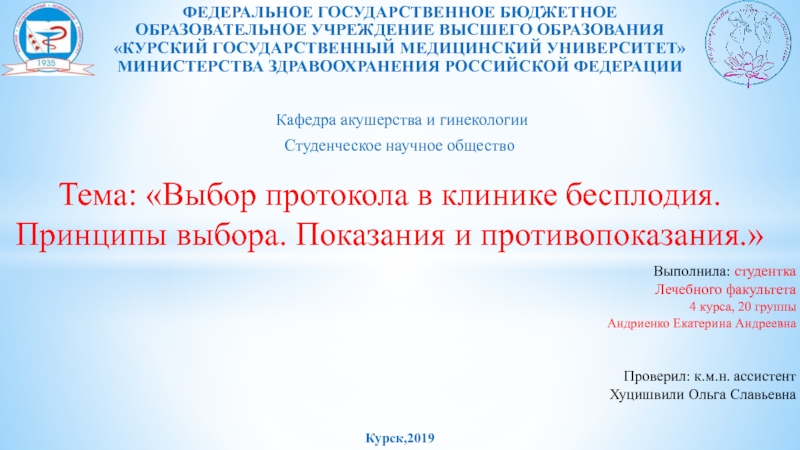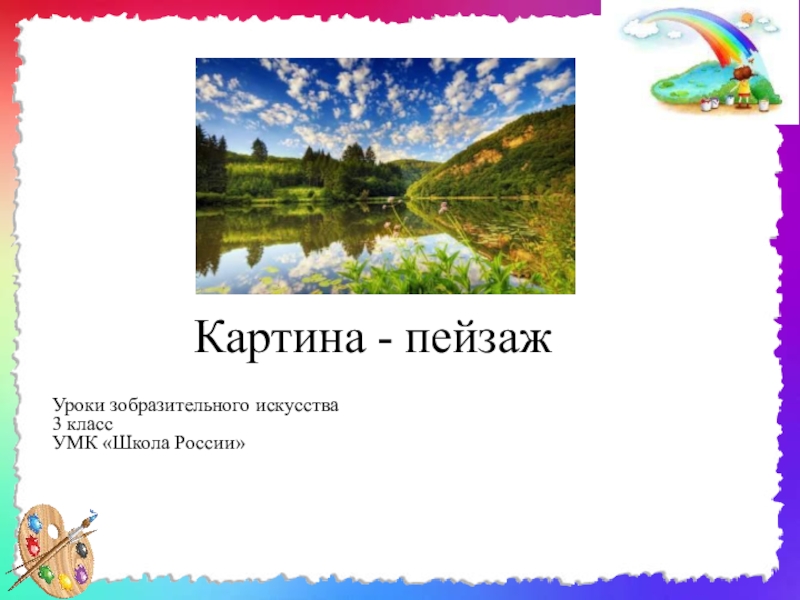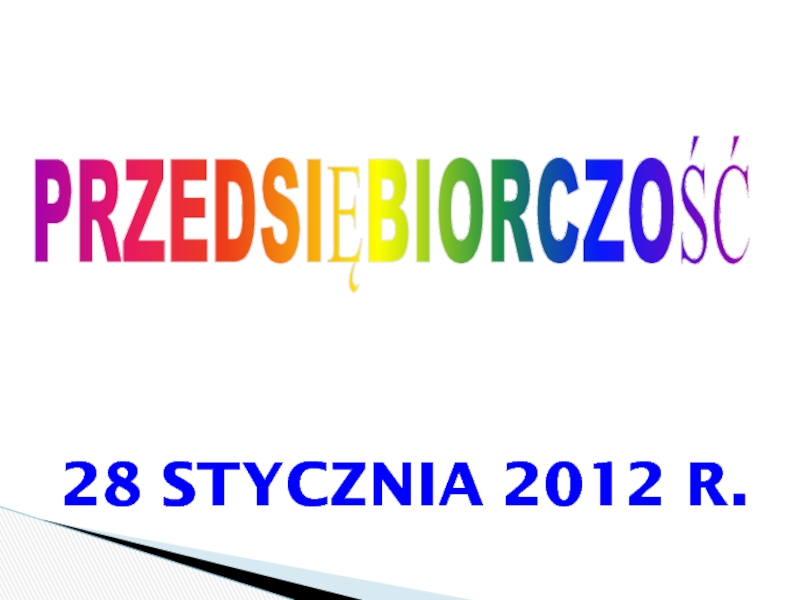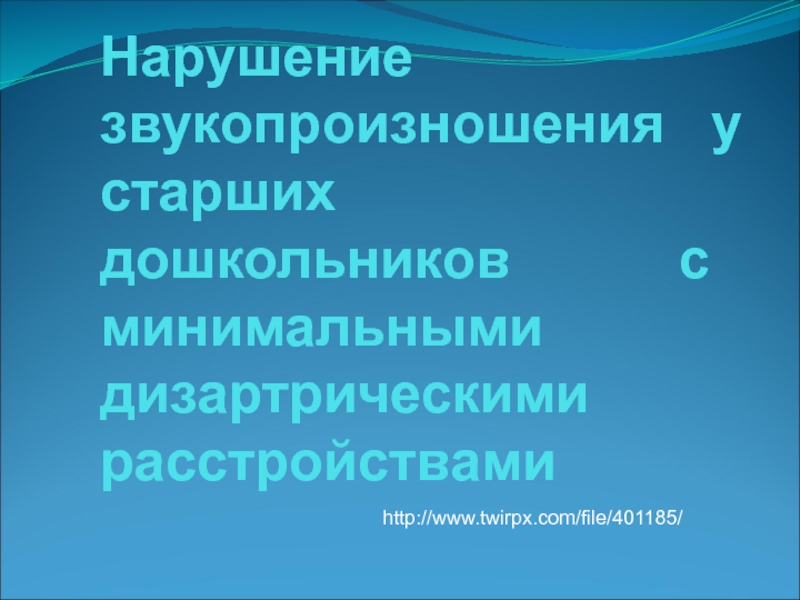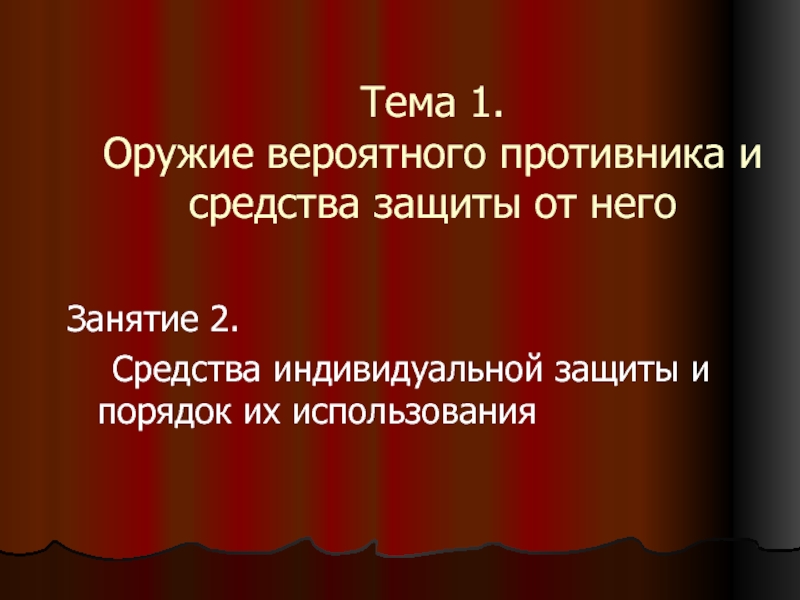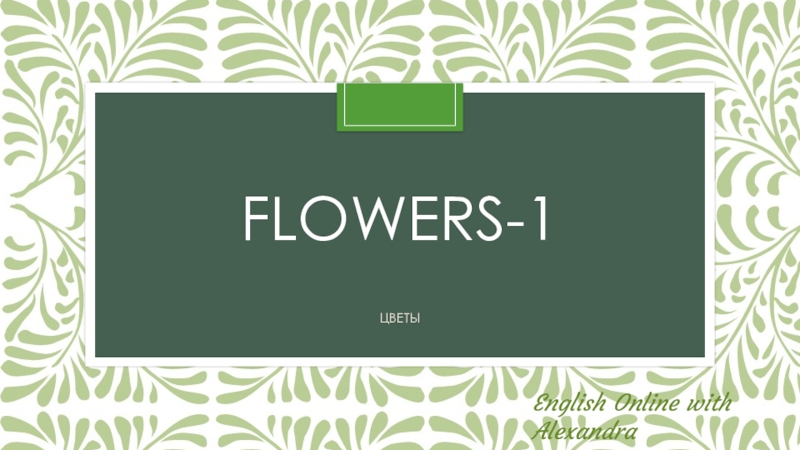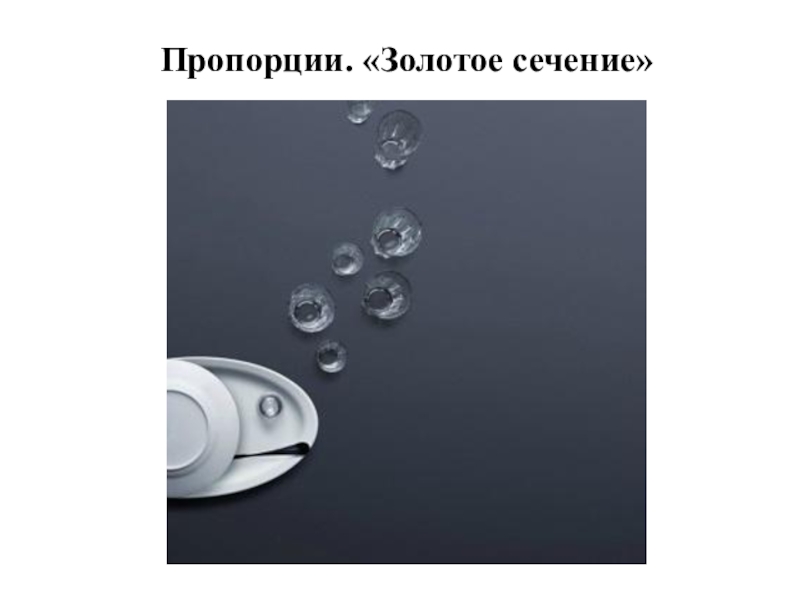Разделы презентаций
- Разное
- Английский язык
- Астрономия
- Алгебра
- Биология
- География
- Геометрия
- Детские презентации
- Информатика
- История
- Литература
- Математика
- Медицина
- Менеджмент
- Музыка
- МХК
- Немецкий язык
- ОБЖ
- Обществознание
- Окружающий мир
- Педагогика
- Русский язык
- Технология
- Физика
- Философия
- Химия
- Шаблоны, картинки для презентаций
- Экология
- Экономика
- Юриспруденция
Lexical Stylistic Devices
Содержание
- 1. Lexical Stylistic Devices
- 2. PLANMetaphors(genuine and trite metaphors)2. Metonymy3. Irony
- 3. Introduction Lexical stylistic device is
- 4. What is metaphor? Metaphor
- 5. Functional pecularities of metaphor Metaphor
- 6. Structural pecularities of metaphor Metaphors can
- 7. Слайд 7
- 8. Examples for metaphors“The champion of the weather”
- 9. Examples for metaphors “The
- 10. Examples for metaphor
- 11. What is metonymy? Give a detailed description
- 12. Examples for metonymy The Oval Office
- 13. What is Irony? Irony is a
- 14. Examples for Irony You laugh
- 15. PLAY of wordsSome lexical stylistic devices are
- 16. ParonomasiaParonyms are words similar in (though not
- 17. ZeugmaZeugma is the use of a word
- 18. Semantically false chains When the number of
- 19. AntonomasiaAntonomasia is a lexical SD in which
- 20. Epithet Epithet is a word or phrase
- 21. Hyperbole Hyperbole is a SD in which
- 22. OxymoronOxymoron is a SD which consists in
- 23. Скачать презентанцию
PLANMetaphors(genuine and trite metaphors)2. Metonymy3. Irony
Слайды и текст этой презентации
Слайд 1Lexical Stylistic Devices
Shakarim State University of Semey city
Foreign languages: two
foreign languages
Слайд 3Introduction
Lexical stylistic device is such type of
denoting phenomena that serves to create additional expressive, evaluative, subjective
connotations.We wanted to speak about Interaction of Dictionary and Contextually meanings.
Слайд 4What is metaphor?
Metaphor is a figure
of speech which makes an implicit, implied or hidden comparison
between two things or objects that are poles apart from each other but have some characteristics common between them.Слайд 5Functional pecularities of metaphor
Metaphor gives a life-like
quality to our conversations and to the characters of the
fiction or poetry. Metaphors are also ways of thinking, offering the listeners and the readers fresh ways of examining ideas and viewing the world.Слайд 6Structural pecularities of metaphor
Metaphors can be classified according
to their degree of unexpectedness. Thus metaphors which are absolutely
unexpected, i.e. are quite unpredictable, are called genuine metaphors. Those which are commonly used in speech and therefore are sometimes even fixed in dictionaries as expressive means of language are trite metaphors, or dead metaphors.genuine, based on some fresh analogy between two things.()
trite, the original figurative meaning of which has been forgotten due to the overuse ( blind as a bat, as sick as a dog)
Слайд 8Examples for metaphors
“The champion of the weather” By O Henry
He had a fish face , and Judas eye
.Particulars, you mealy-mouthed snoozer.
Who, sleeps and dozes and naps. A man who can not do anything.
Слайд 9Examples for metaphors
“The princess and the
Puma”
By O HenryShe made a good, mild, Colorado-claro wife
The king shouted in such a tremendous voice that the ratters on the prairie would run into their holes under the pricly pear
Слайд 10Examples for metaphor
“Last Leaf” by O. Henry
So far as
it may filter through my effortsTies that bound her to friendship and to earth
Слайд 11What is metonymy? Give a detailed description of the device
It is a figure
of speech that replaces the name of a thing with the name of something else with which it is closely associated. Metonymy is created by a different semantic process. It based on contiguity of objects.
Слайд 12Examples for metonymy
The Oval Office was busy in
work. (“The Oval Office” is a metonymy as it stands
for people at work in the office.)I have read Abai (Here is Abai is metonymy, it means I have read a book of Abai)
We are at Gagarina now. (Gagarina is metonymy, it means we are Gagarina street now)
Слайд 13What is Irony?
Irony is a figure of speech
in which words are used in such a way that
their intended meaning is different from the actual meaning of the words.In simple words, it is a difference between the appearance and the reality. It’s also based on the realization of two logical meanings dictionary and contextual but, the two meanings stand in opposition to each other.
The exact word whose contextual meaning is quite opposite to its dictionary meaning is called verbal irony. But in many cases we may feel the ironic effect, but we cannot identify the exact word in whose meaning we can see the contradiction between the said and the implied. The effect of irony in such cases is created by a number of statements, by the whole of the text. This type of irony is called sustained.
Слайд 14
Examples for Irony
You laugh at a person who slipped stepping
on a banana peel and the next thing you know,
you slipped too.The butter is as soft as a marble piece.
“Oh great! Now you have broken my new camera.”
Слайд 15PLAY of words
Some lexical stylistic devices are united into a
small group because they have much in common both in
the mechanism of their formation and their function:paronomasia,
zeugma,
violation of phraseological units,
semantically false chains,
nonsense of non-sequence.
The effect of these stylistic devices is humorous. They are called play on words or pun. Pun is the humorous or ludicrous use of a word in more than one sense.
Слайд 16Paronomasia
Paronyms are words similar in (though not identical) in sound,
but different in meaning. Co-occurrence of paronyms is called paronomasia.
“When I am dead, I hope it may be said: ‘His sins were scarlet, but his books were read’.Слайд 17Zeugma
Zeugma is the use of a word in the same
grammatical relation of two adjacent words in the context, one
metaphorical and the other literal in sense. Zeugma is highly characteristic of English prose of previous and contemporary centuries: “He lost his hat and his temper”. Polysemantic verbs have a practically unlimited lexical valency. They can be combined with nouns of most varying semantic groups. They may be used with two or more homogeneous members, which are not connected semantically:”He took his hat and his leave”. (Ch. Dickens); “Medora took heart, a cheap hall bedroom, and two art lessons a week from professor Angeline.” (O.Henry).Слайд 18Semantically false chains
When the number of homogeneous members increases
but they are semantically disconnected we deal with semantically false
chains. This is a variation of zeugma. As a rule, it is the last member of the chain that falls out of the thematic group. Doing so it produces humorous effect: “A Governess wanted. Must possess knowledge of Rumanian, Russian, Italian, Spanish, German, Music and Mining Engineering.”Punning can be realized on most levels of language hierarchy. Non-sequence rests on the extension of syntactical valency. It results in joining two semantically disconnected clauses into one sentence: “Emperor Nero played the fiddle so they burnt Rome.” Two disconnected statements are linked together by cause / effect relations.
Слайд 19Antonomasia
Antonomasia is a lexical SD in which a proper name
is used instead of a common noun or vice versa.
The case of antonomasia of the first type is when the nominal meaning of a proper name is suppressed by its logical meaning, or the logical meaning acquires the new nominal component. It substitutes an epithet, or descriptive phrase, or official title for a proper name: “He is the Napoleon of crime.” (C.Doyle). It is close to metonymy. Sometimes a proper name is used to express a general idea: “He took little satisfaction of telling each Mary, shortly after she arrived, something…” The second type of antonomasia is when a common noun serves as an individual name: “There are three doctors in an illness like yours. I don not mean only myself, my partner and the radiologist, who does x-rays, the three I am referring to are Dr.Rest, Dr.Diet and Dr.Fresh Air.” (D. Cusack). The third type of antonomasia is presented by the so-called “speaking names”. Their origin from common nouns is obvious: “Mr.Smith”, “Mr.Brown”, “Lady Teazle”, “Mr.Surface” (Sheridan ”The School of Scandal”). The double role of the “speaking names is to name and to qualify. Sometimes it is preserved in translation: Miss Languish -Мисс Томней ; Mr.Backbite - Мистер Клеветаун; Mr.Credulous - Мистер Доверч; Mr.Snake -Мистер Гад (Sheridan. “The Rivals”).Слайд 20Epithet
Epithet is a word or phrase which expresses some
quality of a person, thing, idea or phenomenon. It serves
to emphasize a certain property or feature. Epithet is of special significance in different kinds of poetry. Each epoch and each genre has its own stock of traditional epithets. Sometimes they are called fixed: “green wood”, “merry men”, “true love”, “yellow hair”. The choice of epithets is one of the primary characteristics of a poet’s style:“The flowing Spring leads Sunny Summer,
And yellow Autumn presses near,
Then in its turn comes gloomy Winter
Till smiling Spring appears.” (R.Burns).
Semantically we differentiate two main groups: affective (or emotive proper) - this is the biggest group - and figurative (or transferred). Emotive epithets serve to convey the emotional evaluation of the object by the speaker. Most of the qualifying words can be used as affective epithets (“gorgeous”, “nasty”, “magnificent”, atrocious”).
Figurative epithets are metaphors, metonymies and similes which are expressed by adjectives:
”the smiling sun”, “the frowning cloud”, “the sleepless pillow”, “a ghost-like face”, “a dreamlike experience”. These epithets are based on similarity of characteristics of two objects, or nearness of the qualified objects, or their comparison.
Слайд 21Hyperbole
Hyperbole is a SD in which emphasis is achieved
through evident exaggeration. Like epithet it relies on the foregrounding
of the emotive meaning: “Here is the smell of the blood still: all the perfumes of Arabia will not sweeten this little hand”. (W.Shakespear).Hyperbole is aimed at exaggerating of quantity or quality. When it is directed the opposite way we deal with understatement. Understatement. means representing things as less, or less strongly, than may be done truthfully. It is considered by many as an essential attribute of English humour: “I am rather annoyed” = “I am infuriated”; “The wind is rather strong” = “There is a gale blowing outside”. These examples are typical of British polite speech.
Слайд 22Oxymoron
Oxymoron is a SD which consists in the use of
an epithet or attributive phrase in contradiction to the noun
which it denotes. The syntactic and semantic structures come to clashes. Oxymoron is a combination of two semantically contradictory notions. The speaker’s (writer’s) subjective view is expressed through the members of the word combination:“Loving hate! Serious vanity!”;
“His humble ambition, proud humility
His jarring concord and his discord dulcet”. (W.Shakespear).
Originality and specificity of oxymoron becomes especially evident in non-attributive structures. They are also used to express semantic contradiction: “the streets damaged by improvement”; “silence was louder than the thunder”.
Oxymoron rarely becomes trite. Their components repulse each other and oppose repeated use. There are few colloquial oxymorons. They show a high degree of the speaker’s emotional involvement in the situation: “awfully pretty”.






